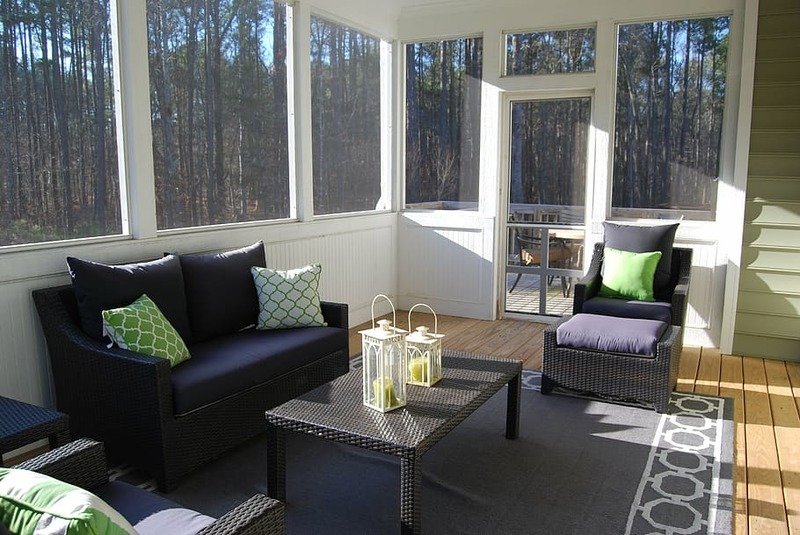
A sunroom provides you with the luxuries of indoor and a pleasant view of nature while enjoying the sun. Having a sunroom in your property is a real treat, but it requires special attention, care, and maintenance.
This is because the windows of sunrooms collect condensation, which becomes very favorable for the growth of mold and mildew. When your sunroom is invaded by mold and mildew, it will have a foul-smelling or musty odor, the fabrics will be discolored, and the furniture can become damaged.
How do you know if there are mold or mildew in your Florida sunroom? Some mold can be visible while others are hidden. You can check for mold and mildew in your sunroom using the following ways:
You can contact a professional to inspect and test for mold and mildew in your sunroom.
Asides from damaging your sunroom, mold, and mildew are dangerous to your health, warns Markham Services, a mold inspection company in Lakeland. They can cause respiratory diseases, allergies, skin irritations, autoimmune diseases, and alterations in your mental status.
For all these, you need to prevent the growths of mold and mildew in your sunrooms. But how do you achieve this? Below are some tips:
Dust, soil, or pollen can get trapped on your furniture and floor over time. In the presence of moisture and hot temperature, these dirty surfaces become breeding grounds for mold and mildew.
If you want to prevent mold and mildew from your sunroom, it is essential to keep it as clean as possible. Clean all surfaces, floor, fabrics, sofas, armchairs, carpets, and chaise lounge regularly. When this is done, mold and mildew will find it very difficult to thrive on the synthetic fibers of your furniture.
You can prevent excessive moisture from your sunroom by keeping the windows close anytime humidity levels are high (early in the morning, in the evening, at night, and on days that the weather forecast suggests high humidity). If your sunroom windows are open during periods of high humidity, sufficient moisture from the air will penetrate your sunroom.
This moisture will settle on the surfaces of your furniture and provide a suitable breeding ground for mold and mildew. Aside from closing the windows of your sunrooms, ensure that it is appropriately sealed and airtight, such that moisture can not penetrate. Small cracks on your window seals can allow moisture to penetrate the room.
If you notice any dampness in your sunroom, wait until the sun is shining before you open your windows. The heat from the sunlight will dry off the moisture, which served as a substrate for mold and mildew growths.
You can also use a dehumidifier to reduce the moisture level in your sunroom. However, you need to strictly regulate your usage because excessive use can make the room very dry, resulting in damage to fabrics and furniture.
Moisture absorbing chemicals such as silica gel, anhydrous calcium sulfate, activated alumina, and molecular sieves can be used to absorb moisture from the air inside your sunroom. If you do this, the humidity level within your sunroom will reduce to the extent that mold and mildew will not be able to thrive.
These chemicals are not harmful to fabrics or furniture, and they can quickly saturate on cloths. You can administer the chemicals on your sunroom by placing cloth bags, packets, open containers, or by sprinkling them on the floor, carpets, tables, shelves, and under sofas.
The presence of foul-smelling musty odor in your sunroom is an indicator that there are mold or mildew. You need to eliminate this odor in other to be sure that there is no mold or mildew in your sunroom.
You can prevent musty odor by doing the following;
Note, you should apply the cleaning products on a small area first. This will help you test for discoloration or damages to your furniture before using it in a large area.
Having a sunroom in your property is a real treat, but it requires special attention, care, and maintenance to keep mold and mildew away.
Mold and mildew are dangerous to your health. They can damage your furniture and make your sunroom have a musty odor. Below are tips on how to prevent mold & mildew growth in your sunroom:
You can contact a professional to inspect and test for the presence of mold and mildew in your sunroom.
Previous Article
Next Article